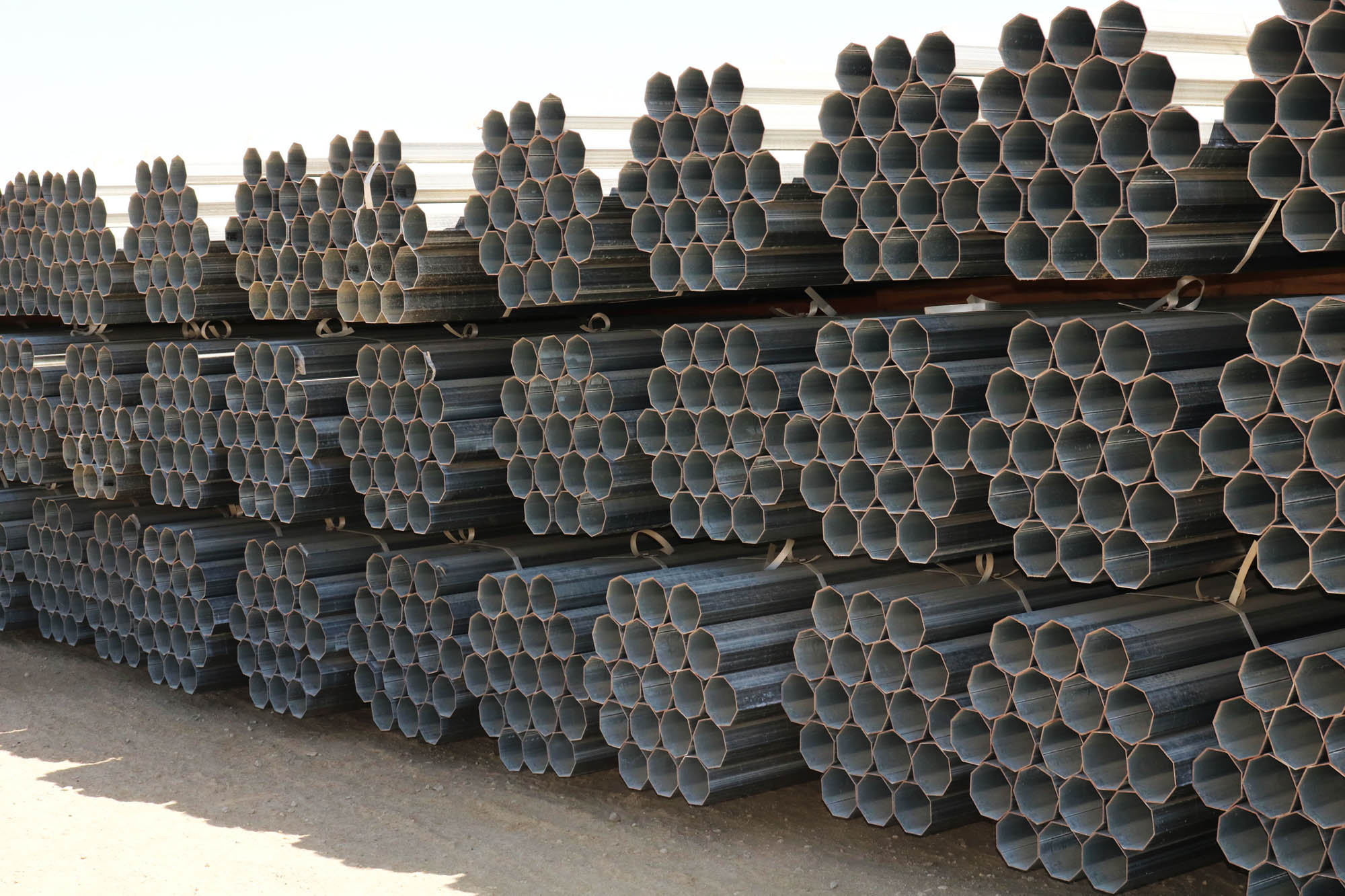Offering customers a warehousing or stocking option can be a complex enterprise. It requires, in the least, an inventory tracking system and trained personnel to manage it—not to mention the short-term disruption in cash flow to get the endeavor underway. However, these services can give solar installers an advantage, adding levels of predictability, efficiency, and reliability to their business operations.
As an installer, RP Construction Services (RPCS) began maintaining its own warehouse and stocking operations in January, with facilities in California and Texas. In just under a year, the advantages RPCS gains by bringing warehousing operations in-house are clear.
In an interview with RPCS CEO Eben Russell, Russell discusses what it takes to maintain a stocking operation as an installer and how this allows RPCS to be ahead of the game.
Q: Describe the warehouses/stockyards. Where are they located and how many people does it take to maintain them?
Eben Russell: We have two facilities. One in Bakersfield, California, and the other in central Texas. Warehouse staff ranges from 4-8 full time but many of our mechanical installation crew members will converge at locations at different times to prep materials for an upcoming job, service our pile driving machines and other equipment, or assist with our kitting and barcoding efforts.
Q: What do you use for inventorying?
ER: We have created several SOPs (Standard Operating Procedures) and means and methods to ensure the following:
- Accurate inventory counts;
- Accurate picking and counting;
- Safe, efficient, and environmentally friendly re-packaging;
- Easy field receiving and reconciliation, and;
- Easy field deployment.
We use NetSuite, along with connections through various APIs, to our logistics company and our warehouse management software to keep track of our inventory, bin counts, and warehouse locations, item receipts, item fulfillments, and shipment tracking.
Q: Where do you purchase solar equipment from? Directly from a manufacturer? Do you use a distributor?
ER: Array Technologies. We have a single focus on aspiring to be the easiest, most accurate, quickest source for ground mount systems including front end layout optimization, stamped engineering, delivery, and field installation as a trusted subcontractor partner.
Q: What advantages does it give to RPCS as an installer to do warehousing in-house?
ER: Controlling the delivery schedule and the material accuracy of the mounting system allows our field installations to be as efficient and predictable as possible. There are already enough variables like weather, subsurface conditions, and the customer’s module deliveries that are outside of our control. We are just trying to eliminate inefficiencies and schedule impacts with the portions of the work we can control.
Q: How are you able to make sure your inventory turns over and you don’t just have a backstock of components sitting on your shelves?
ER: Our market wants lead times that are faster than our manufacturers’ sub-suppliers can commit to, so this is an ongoing challenge. Fortunately, our sales team does a great job of forecasting the high probability orders, the engineering team generates the correct parts lists required to fulfill those forecasted orders, and the sales operations team orders the materials to arrive at the right time to meet our customer’s needs but also allows us to turn the inventory quickly.
Q: What’s unique about RPSC’s warehousing offering?
ER: Most of the single axis tracking system manufacturers focus on the utility scale solar market, which can accept longer lead times and direct-to-the-jobsite bulk container shipments from overseas sources. Having a large stock of components allows us to quote, engineer, and deliver orders quickly and drastically reduce onsite quantity discrepancies and or non-conformities. We are looking to optimize our field delivery methods even further to simplify the receiving and increase the speed of the field installation.
Q: When would you recommend other solar installers consider starting their own warehouse operation?
ER: The solar industry relies on synergistic relationships and partnerships to keep the total installed cost of projects down and the number of installations each year to increase while still maintaining quality. If the warehousing operation isn’t adding value such as kitting or pre-assembly, adding the additional offload/reload touchpoint doesn’t, likely, make sense. We revere companies that take work typically done in the field and put it into the controlled environment, allow the work to be consistent and at the highest quality level, and enable a meaningful amount of work to be completed prior to day one on the jobsite.
Q: What should other solar installers know upfront about starting their own operation? How much work is it?
ER: It has taken the heroic efforts of many to bring it all together. It’s a ton of work. We are finally recognizing the benefits of all that work. The whole team needs to believe in the vision and take it on passionately for it to succeed.
To learn more about RPCS’s Safe Harbor strategy, visit https://www.rpcs.com/rpcs-safe-harbor-itc-stepdown/.
To get a project quote, get in touch with our team at http://quote.rpcs.com
Original article published by Solar Power World, September 11, 2019




